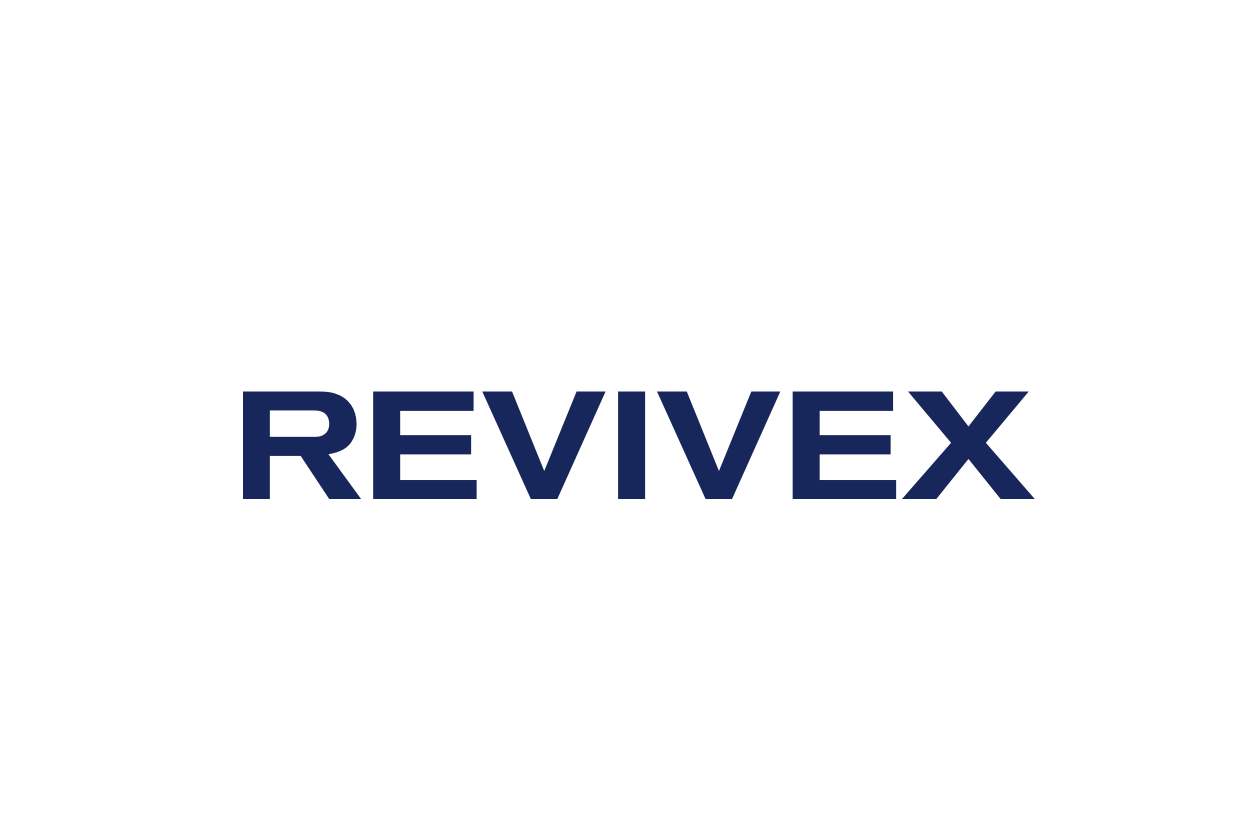"Maximizing Athletic Performance: The Benefits of Hyperbaric Oxygen Therapy for Sports"
- Revivex

- Apr 18, 2024
- 4 min read

The relentless push for peak performance in sports has necessitated advancements in training and recovery methodologies. Amidst the myriad of options, Hyperbaric Oxygen Therapy (HBOT) emerges as a frontier in sports medicine, offering athletes an edge in the highly competitive arena. This therapy, often associated with deep-sea divers and wound healing, is now unlocking potentials in sports, promising faster recovery and a healthier competition. With the rise of biohacking, athletes are turning to HBOT not just for healing but for proactively boosting their physiological capabilities. In this blog, we'll dive into how oxygen therapy within the confines of an oxygen chamber is revolutionizing the way athletes train, recover, and perform.
What is Hyperbaric Oxygen Therapy?
Hyperbaric Oxygen Therapy is a medical treatment that involves breathing pure oxygen in a pressurized environment. Traditionally used to treat decompression sickness, its application has expanded to enhance the body's natural healing process. In a hyperbaric oxygen chamber, atmospheric pressure is increased, allowing for a greater amount of oxygen to dissolve in the blood plasma. This elevated oxygen saturation reaches tissues in the body that are oxygen-starved due to injury, thus accelerating the repair process. By understanding the mechanisms of HBOT, we uncover the science that makes it a valuable tool for athletes.
The Importance of Quick Recovery in Sports
In the arena of professional sports, the ability to recover quickly can be just as crucial as skill and strategy. Athletic careers often hang in the balance, swayed by the capacity to bounce back from sprains, strains, contusions, and even simple fractures. Traditional recovery can be a slow process, with rest, ice, compression, and elevation being the cornerstones. However, with HBOT, the game changes; recovery time is reduced, allowing athletes to return to play sooner and maintain their competitive momentum.
HBOT and Sports Recovery
Delving deeper, HBOT facilitates a more robust and swift recovery process for injured athletes. By increasing the oxygen levels in the blood, it enables red blood cells to supply oxygen to compromised areas more effectively. This process not only hastens healing of acute injuries but also combats muscle fatigue. In doing so, it also reduces the risk of future lesions by fortifying the body's tissues, making them more resilient to the demands of high-impact sports. The integration of HBOT into an athlete's recovery regime is a testament to the merging of advanced science and sports.
HBOT's Role in Reducing Sports Injuries
The hyperbaric oxygen chamber serves as a preemptive strike against the inevitable toll of sports. Regular sessions can condition the body, lessening the severity of common sports-related injuries and possibly even preventing them. By providing an environment where oxygen delivery to tissues is maximized, HBOT preconditions the muscles and joints, rendering them less susceptible to the trauma of physical exertion. In this way, oxygen therapy acts not just as a response to injury but as a strategic component of an athlete's training routine.
Maximizing Athletic Performance with Oxygen Therapy
Biohacking, the pursuit of personal optimization, has found a powerful tool in HBOT. Athletes and trainers are employing the therapy as a biohacking strategy to enhance performance. Maximizing athletic performance with oxygen therapy is now possible more than ever and the rationale is clear: improved oxygen delivery translates to superior endurance, strength, and faster recovery times. It's a natural yet scientifically grounded method to push the boundaries of athletic potential. HBOT is not just about healing anymore—it's about thriving in the most demanding physical conditions.
Athlete Testimonials and Evidence
The effectiveness of HBOT is echoed in the testimonies of athletes who've experienced its benefits firsthand. From professional football players to Olympic swimmers, many report reduced recovery times and heightened athletic performance. These anecdotal reports are bolstered by a growing body of scientific research that confirms the positive impacts of oxygen therapy on sports recovery and performance enhancement.
How to Incorporate HBOT into Athletic Training
Integrating HBOT into an athlete's routine requires strategic planning. The frequency and duration of the therapy should align with the training cycle, particularly focusing on periods of heightened physical stress. Consulting with medical professionals specializing in sports medicine can provide tailored protocols that match the unique needs of each athlete, ensuring that they reap the full benefits of the oxygen chamber.
Challenges and Considerations
While HBOT shows great promise, it is not without its challenges. Accessibility, cost, and time investment are significant considerations for athletes and organizations looking to incorporate this therapy. Additionally, as with any medical treatment, there are potential side effects and contraindications that must be carefully evaluated.
Conclusion
Hyperbaric Oxygen Therapy stands as a beacon of innovation in sports medicine, providing athletes with a powerful tool for recovery and performance. By harnessing the simple yet profound power of oxygen, HBOT offers a glimpse into the future of athletic training and biohacking. As research continues to unfold the layers of its potential, oxygen therapy is poised to become a staple in the competitive athlete's arsenal. It is more than a treatment; it is a commitment to a healthier, more efficient, and effective approach to sports competition.
Discover now Revivex's oxygen chambers: https://www.revivex.store/o2-therapy






Comments